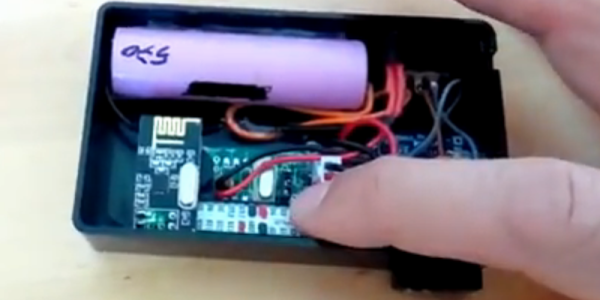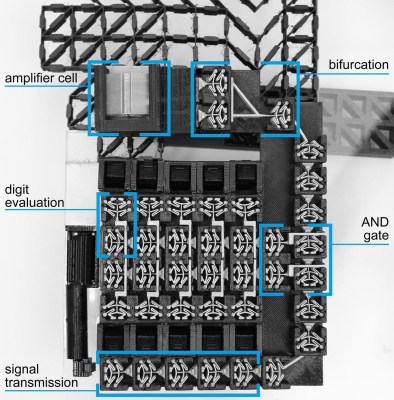One of the most power-hungry devices in our homes, besides the air conditioner or heater, is our refrigerator and freezer. It’s especially so if the door doesn’t close all the way or the magnetic seal doesn’t seat properly. [Javier] took to solving a recurring problem with his personal fridge by attaching an alarm to the door to make sure that it doesn’t consume any more power than it absolutely needs.
At its core the device is straightforward. A micro switch powers a small microcontroller only when the door is open. If the door is open for too long, the microcontroller swings into action. The device then powers up a small wireless card (which looks like a variant of the very well-documented ESP module), that communicates with his microwave of all things, which in turn alerts him with an audible, spoken alarm that the refrigerator hasn’t closed all the way. It’s all powered with a battery that will eventually need to be recharged.
While there are certainly easier ways to implement an alarm, the use of the spoken alarm is a nice touch for this project, and the power savings that can be realized are not insignificant. There’s also the added benefit that [Javier] can prevent his freezer from frosting over. If you’re in the mood for other great fridge hacks, there are other exciting, novel, and surely one-of-a-kind ways to trick out your refrigerator.
Continue reading “Fridge Alarm Speaks, And Saves Power & Food”



















